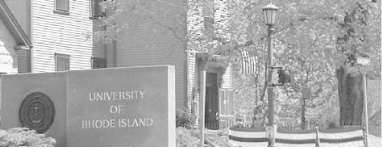9.6 Acceleration
| < Day Day Up > |
| Although GPRS and CDMA are pretty slow, some providers have put compression servers on their network to compress documents before they make it to your computer. Verizon Wireless uses a two-tier proxy server called Venturi (http://www.venturiwireless.com/products.html). One tier of the proxy server sits on the cellular carrier's network and compresses documents before they come down to your machine. The other tier is a local proxy server that runs on your machine and decompresses the content on the fly before presenting it to your web browser or any other application. (Venturi can compress data sent over a number of protocols including SMTP and POP3.) AT&T Wireless uses something similar, but we do not know what it is. At the time of this writing, there isn't a Linux client for either Venturi (or whatever it is that AT&T Wireless uses). But that shouldn't stop you from asking customer support about it, because it may have changed (at the very least, you should let them know the demand exists). Sprint and T-Mobile have transparent acceleration on their networks. The nice thing about this approach is that it should, in theory, obey web standards without requiring any fiddling on the client side; so it doesn't matter what operating system you're on. To compress HTML, the compression server can use gzip compression; to compress images, it can reduce the image quality. Figure 9-6 shows the T-Mobile Internet Accelerator configuration page (http://getmorespeed. t-mobile .com). You will not be able to reach this page unless you are connected to the internet2.voicestream.com or internet3.voicestream.com APNs on T-Mobile's GPRS network. Figure 9-6. Configuring the T-Mobile Internet Accelerator Figure 9-7 shows detail from an image that was sent across T-Mobile's network with compression disabled. Figure 9-8 shows that same detail with maximum compression. Although some artifacts appear in the image, the differences should not annoy most users. This 799 x 599 pixel image started out at 96 KB; compression reduced it to 48 KB. Figure 9-7. Photograph with no compression Figure 9-8. Photograph with maximum compression Your mileage will vary using acceleration; in theory, it should speed things up. We've found this to be the case most of the time. However, we've also found cases where the compression server was having a bad day, and the amount of time it took to do its thing exceeded the acceleration we received from the compression. Try it out and see how it works, and disable it if it's a problem. Contact your cellular carrier for instructions on turning compression on and off. |
| < Day Day Up > |
EAN: 2147483647
Pages: 100